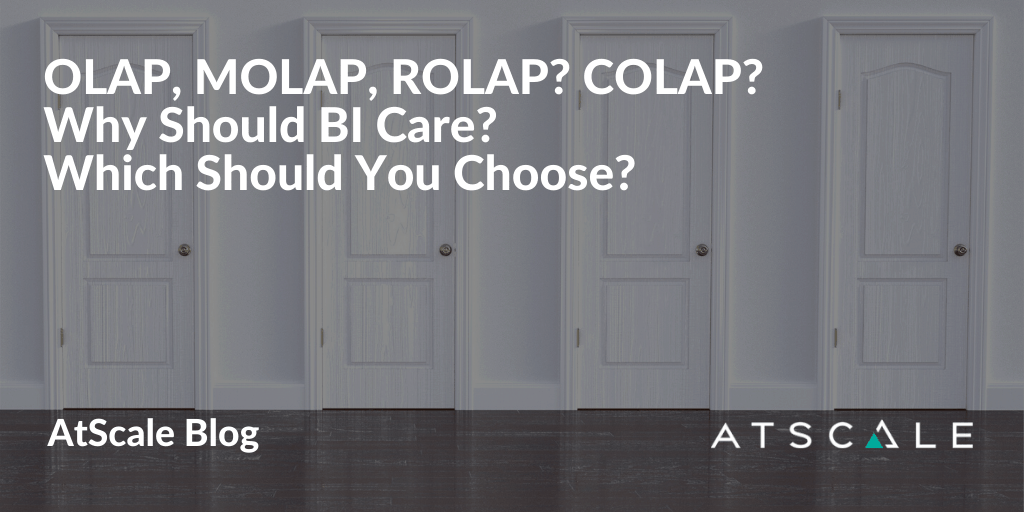
OLAP is the acronym for OnLine Analytical Processing. Database researcher, E. F. Codd, coined the term “on-line analytical processing” (OLAP) in a whitepaper published by Computerworld in 1993 that set out twelve rules for analytic systems. The term OLAP was created as a slight modification of the traditional database term online transaction processing (OLTP).
OLAP tools were developed so that data professionals could analyze multidimensional data interactively from multiple perspectives. OLAP consists of three basic analytical operations:
-
Consolidation which involves the aggregation of data that can be accumulated and computed in one or more dimensions. For example, all sales offices are rolled up to the sales department or sales division to anticipate sales trends.
-
Drill-down is a technique that allows users to navigate through the details. For instance, users can view sales by individual products that make up a region’s sales.
-
Slicing and Dicing is a feature whereby users slice a specific set of data of the OLAP cube and dice the slices from different viewpoints. These viewpoints are sometimes called dimensions such as looking at the same sales by salesperson, by date, by customer, by product, by region, etc.
Databases configured for OLAP use a multidimensional data model, allowing for complex analytical and ad hoc queries with rapid execution time. They borrow aspects of navigational databases, hierarchical databases and relational databases.
MOLAP is Multidimensional Online Analytical Processing which means that the data resides in the multidimensional structure.
ROLAP is Relational Online Analytical Processing which means that data resides in relational databases.
COLAP is Cloud Online Analytical Processing COLAP makes OLAP work at Cloud scale to analyze large amounts of data without moving it out of customers’ cloud data warehouses or data lakes.
With all of the different OLAP options out there, you may wonder which one can actually help you achieve your big data strategy or which version of OLAP is most suitable for your BI environment?
Want to learn more? Watch this on-demand webinar: Modernize Your Investment in SSAS Without Giving Up OLAP with AtScale Founder and CSO, Dave Mariani, as he explains more about OLAP and he demonstrates how AtScale Adaptive Analytics scales and modernizes your OLAP infrastructure.
Editor’s Note: This article was originally published in March 2019 and has been updated.


SHARE
Case Study: Vodafone Portugal Modernizes Data Analytics